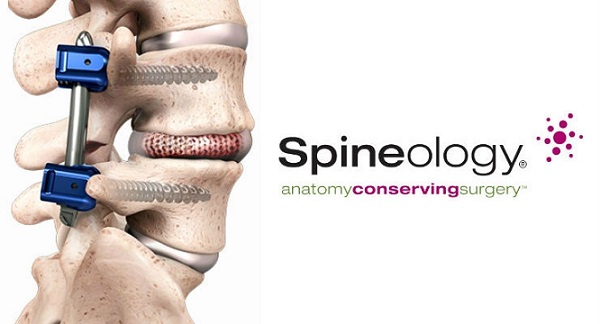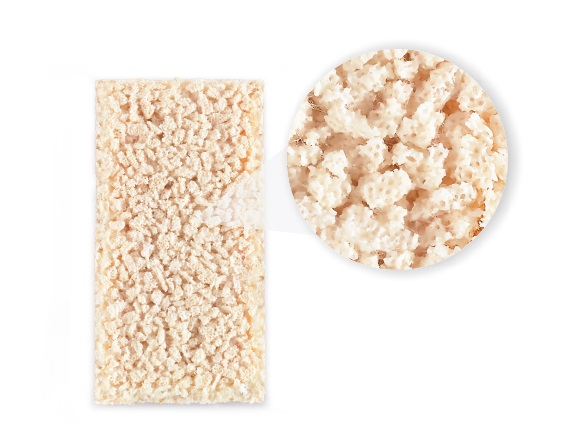Elizabeth Hofheinz, M.P.H., M.Ed.
Is it possible to make something “future-proof?”
Well, if there is only one lesson from 2020, it is that you never know what destiny will lay upon us. So how to be best prepared to arise anew from any fall?
One novel solution—reframing—has been undertaken by Baat Medical, a company based in the Netherlands that shepherds companies through the device development and market approval processes.

Ryelle Endert, M.sc., Innovation Manager at Baat Medical, told OSN: “Because everyone’s goal—patients included—is for a device to have a long life, it is vital that today’s product designers take tomorrow’s problems into account. The reframing method, originated at the University of Delft, approaches strategic design via innovation as opposed to improvement.”
Innovation, improvement…what’s the difference?
“Typically,” says Endert, “companies change by attempting to correct the past, asking, ‘What’s wrong with this product/design?’ With the reframing method, the lens is innovation, where we ask, ‘What if?’ and ‘What does this mean?’ Those divergent approaches can lead you in very different directions.”
The reframing model is:
- Proactive rather than reactive
- Examines the context of the existing product
- Asks how it is evolving and what that means for the behavior of future users
- Asks, “Given this behavior, what do you want to enable for future users?”
- Asks, “What would a product enabling this look like?”
2. Considers the values of the people who will be using the product
- Keeps focus on the end users but also healthcare professionals or other settings/all players who need to work together to achieve the design under consideration
- Concerns the attitude and feelings about things rather than the physical properties
- Asks, “What do we want this to mean to people?”
3. Designs relationships rather than objects
- Examines how people relate to the thing being designed
Example: a scoliosis brace
Endert told OSN: “We first looked at the context, assessing how people interacted with the brace and asked, ‘What is the environment out of which this arose?’ Young children wearing a brace, for example, want to feel understood and want to have some participation/responsibility in its use. If they are treated as small children/left out of the process, then they won’t be as engaged. They are the ones wearing the brace all day and definitely have a hand in whether or not the treatment will be a success. Also important is that nighttime compliance is higher because then there is no social stigma to be overcome.”
Some of these context factors change, says Endert, while some stay the same. “We focus on both, searching for the friction between things that are changing and things that are not. For this brace, we combined many small factors into a story and gave the designer some direction.
The vision here is to put the patient in the drivers’ seat and give patients the opportunity to explore the treatment with an open mind. The designers develop a brace and treatment with traits that support this vision: instructional, rewarding, mysterious yet communicative and clearly defined.”
This is challenging, as scoliosis bracing is a black box treatment where there is little information available at any time as to whether it is working.”
“Also part of the picture is that healthcare professionals and insurers are looking for hard data on which to base reimbursement and treatment decisions. There is conflict in that bracing treatment is hard to track—thus, that is the background information that looks backward and forward.”
Patient involvement
“Our goal is to have a system of treatment in which the patient is involved in such a way that they feel understood and can take responsibility for part of their treatment. Here, the designer had to consider the patient’s experience of how treatment is tracked, as well as how to get patients to do their assigned exercises.”
“The goal was to give patients information in a way that they can understand it themselves and have the freedom to choose between options. But we don’t want to put all of the responsibility on a patient who is, say, only 12 years old.”
Zoom out…
“In addition, the prescribing doctor needs to have the right decision-making tree as far as when it is appropriate to prescribe this brace. In the Netherlands these days it is unusual for a doctor to prescribe nighttime bracing, thus you are not just aiming to make ‘the next’ brace. It is vital to, zoom out and see that there are changes in the culture/environment that make current products not fit patients’ needs.”
So what ‘reframed’ brace did they end up with?
“There is artisanal handwork on the brace with a focus on fixing symptoms rather than the patient as a whole Thus, the central goal is to help patients get back to what they love. This entire process has the flavor of an exploratory game rather than a situation where the patient is forced into a situation where he or she feels no control.”
At its essence, says Endert, the culmination of the reframing process is tailored guidance on how to make the right decision about a project. “The designers are laser-focused on this question: ‘What do we want to enable people to do with this product?’”
Divorce yourself from the original idea
Parting with concrete and exciting ideas about what a final product should be like can be hard, states Endert, but it is often necessary. “When we start the reframing process, clients typically have a clear image of what they think the product should be. We begin by gathering all pertinent information, while ensuring people that they are in good hands. We even consult with experts (currently remotely) on topics that shine a light on the context but are not directly related to the technology of a product.”
“So, besides expertise related to scoliosis, braces and reimbursement, the brace project included topics such as child development, raising tweens and the sociology of health. Every stakeholder should keep in mind that any future medical device has to last for a long time because the investment is high, and the product needs to remain on the market for a long time to be relevant and interesting.”
What reframing is NOT
“Reframing doesn’t lend itself to proving that your idea is right or wrong…and it doesn’t guarantee success,” says Ryelle Endert.
Reframing is not a panacea. Endert: “When seeking to change things up, people shouldn’t ask themselves, ‘What have my customers complained about?’ or ‘What does my competition have that I don’t?’ Instead, ask, ‘How can I make meaningful impact with this product design?’”








